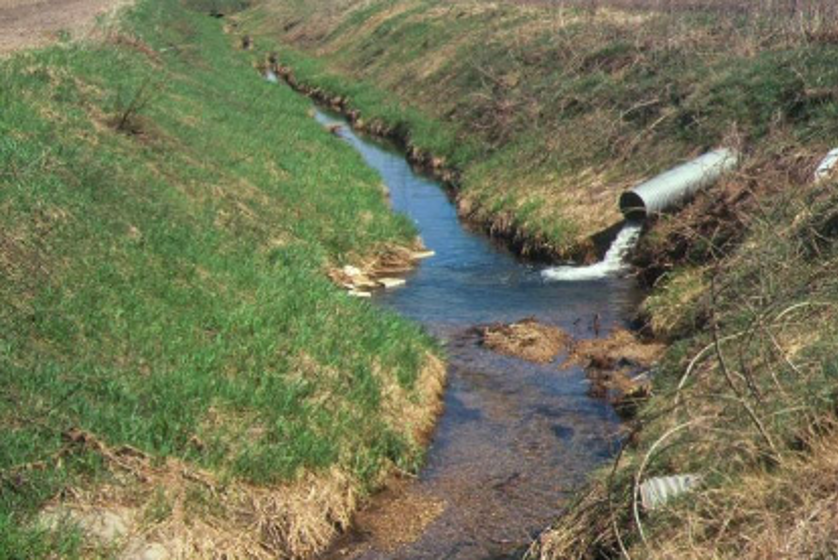Carbon sequestration through soil and biomass: our best greenhouse mitigation chance

Photo by Daniel Watson from Pexels
Climate change is continuously described as a carbon dioxide production increase in the atmosphere. Narrowing climate change interpretation to CO2 mitigation creates pressure on ordinary citizens to feel guilt for not reducing their own carbon footprint. The problem is, “carbon dioxide is a global pollutant that can’t be locally contained.”
Therefore, I decided to play with the numbers and plot the information on the graph. I have outlined the historical data and forecast of carbon dioxide production of a specific region in Slovakia, which produced 19 million tonnes of CO2 over the last twenty years.
Then I asked a question. What needs to be done by all the world regions to get back to the CO2 levels of year 2,000? The carbon dioxide levels of year 2,000 carried 360 ppm per each cubic meter of air. Climate scientists try to restrain the global atmospheric CO2 levels under the symbolic threshold of 400, which serves as a red mark in a danger zone.

The wonder of wonders. Not one of the CO2 reduction graph scenarios shows that we can stop the carbon dioxide growth within the next 30 years, despite employing clean technologies and alternative energy.
Even if we invent miraculous alternative technologies that would mitigate CO2 production by 90 %, the concentration of CO2 in the atmosphere will climb over the next 30 years. Furthermore, none of the zero-carbon technologies are advancing swiftly enough.
What does it mean? The current concentration of 420 ppm CO2 will rise by another 63 ppm by 2050. Climate scientists understand that number 483 presents a catastrophic threat, yet at the same time, they want us to believe that zero-carbon technology pursuit is the way. We know that CO2 levels are steadily rising regardless of the emission reductions, yet the prevailing focus on emissions and carbon tax remains our primary toolbox instruments. “Earth’s climate sensitivity refers to the amount of global warming that will occur due to increases in atmospheric CO2 concentration. It is a question that does not yet have a clear answer.”
Other atmospheric research models of the global carbon cycle also suggest that the Earth will “absorb less CO2 out of the atmosphere as the climate warms, worsening the warming problem. Even if greenhouse gas emissions were halted immediately, we are committed to an inevitable global warming result because of these gases already present in the atmosphere”. This is called “climate commitment.” Past carbon emissions have committed us to present global warming numbers because they leave the atmosphere very slowly.
Our current climate change defense rests on an inadequate assumption to merely reduce emissions. Our best chance to start decreasing the CO2 in the atmosphere is to capture the carbon through the vegetation and soil.
The question is, how to achieve carbon sequestration? Well, if we manage to retain the rainwater in the region where it falls, we will promote more intensive photosynthesis. Thus, more carbon will remain stored in the vegetation and inside the soil by plants’ roots.

The trees in the forest will grow better, fields and meadows will produce more food for people and animals and support more biodiversity. Soil carbon storage is an essential ecosystem service. Human pursuits modifying these processes can lead to carbon loss or improved storage.
Moreover, the 2050 carbon target to dip below the year 2000 levels will be feasible, provided the regions will set up a goal to restore and rehydrate their watersheds within the next decade.
There is a need to construct a system of the “water holding catchments” dispersed throughout the region, managing to retain rainwater from simple precipitation or regular rainfall cycles.
The aforementioned Slovak region needs to capture the 30 million cubic meters of precipitation they apprehend and dispose of with drainage. Restoration of their depleted ecosystems will capture the carbon by 50%! The collected rainwater is an ally that can rehydrate the country and lower its CO2 levels. That’s how they will achieve a zero-carbon footprint. Every region in the world can do that.

In other words, rainwater should not be treated like the enemy that drenches the urban or rural environment. The collected rainwater can be an ally that can rehydrate the country and lower its CO2 levels.
Photo credit: ak chcete fotku, tak uviest photo credit dole: University of Minnesota Extension. To dowlowad: https://extension.umn.edu/agricultural-drainage/how-agricultural-drainage-works
Why is it desirable to achieve a zero-carbon footprint by capturing carbon in the soil and vegetation?
Suppose enough carbon is sequestered, and emissions are subdued. In that case, the CO2 greenhouse effect will be decreased in the future, resulting in fewer heatwaves and less drought, floods, and other extreme weather cycles associated with climate change. The development o land fertility and economic stability are also closely related to CO2 sequestration.
The country that supports its ecosystems’ restoration will improve the quality of life and food security for its residents. The people will not desire a better lifestyle elsewhere. Supporting local communities discourages the emigration and brain drain of its best people. They will be proud of their country and proud of their nature.
The administration management response is critical. Climate change risks like floods and droughts may suggest to taxpayers and policymakers that collective effort and attention to science matter. Hydrologists and atmospheric science offer solutions. Carbon pricing to reduce emissions is still a long shot. We do not have that much time. Removal of CO2 by soil and biomass carbon sequestration via landscape rehydration will mitigate global warming. Stabilizing the economy will place clean energy back on track.
Author: ©2020 Michal Kravčík
Translated by: Zuzana Mulkerin
Photo Credit: Michal Kravčík, Extension.unm.edu, People and Water International
More information: People and Water , New Water Paradigm (in English), After us, the desert and the deluge? (in Korean)
Other related research: Sequestration of atmospheric CO2 in global carbon pools:
“Terrestrial carbon sequestration on the natural process of photosynthesis. Transfer of CO2 into the biotic pool and soil carbon pool via humification and secondary carbon formation has numerous benefits by enhancing ecosystem services. Soil C sequestration is essential to improving soil quality, increasing agronomic input efficiency, and advancing world food security. It is also needed to enhance water quality by filtration and denaturing pollutants and improving biodiversity by the nature conservancy. Soil carbon sequestration is a low hanging fruit and a bridge to the future until low carbon or zero-carbon fuel sources take effect.”
————-

Photo by Lerkrat Tangsri from Pexels
